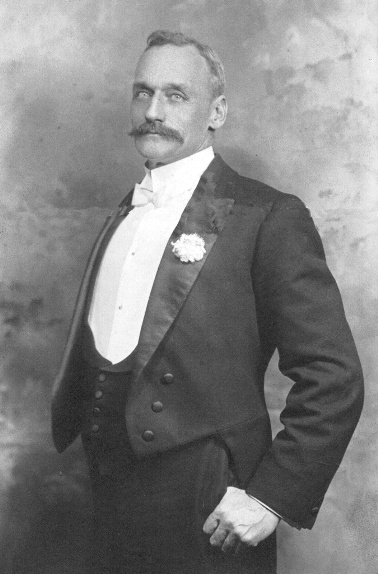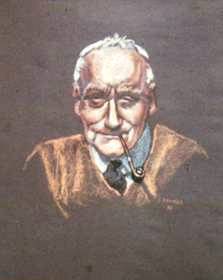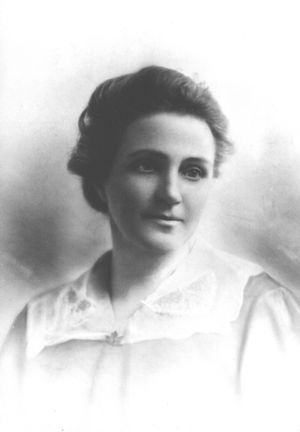View entry
Name: CLARKE, Henry Trevelyan



Nee: grandson of Edward Daniel Clarke, traveller and Prof. of Mineralogy at Cambridge
Birth Date: 1869 Boxted, Essex
Death Date: 30 Apr 1938 Winnipeg
Nationality: British
First Date: 1889
Last Date: 1891
Profession: IBEA Co. General Africa Staff - appointed 29th August 1889
Area: At Mombasa 1890
Married: In New York 24 Feb 1892 Rosetta Caroline Nona Bodily b. 1870 Colchester, d. 19 May 1924 Penticton, British Columbia
Children: Lionel Beaumaris (1894-1916, won VC); Harry (1895-1980); Charles Edward (1895-1974); Charles (1897-1985); Muriel Rosamund (1899-1991); Jack Trevelyan (1902-1983); Roy (1907-1990); Ethel (1914-1981); May (1915)
Book Reference: EAHB 1905, North, IBEA, EAHB 1906, EAHB 1904
General Information:
North - Shipping Asst. Mombasa 1890; had already left Company 23-8-1890
Sir George McKenzie was his administrator in chief. African explorers Jackson, Gedge, and Selous. Natives called him Bwana Magonga (master who hits with his fists) because he often boxed in Freretown against Rev. H.T. Robison. He left in 1891 sick with blackwater fever.
I had at the time a village of freed slaves to look after. I forget the real population of that village, but I do know that at one time there were 7,000. I think that was the most we ever had. It was interesting to see the different shapes they built their huts, mostly of palm leaves some bell shaped and some square, or at least a native a idea of square, and some of mud and wattle. We always offered to let them go home to where they had come from, but they always said, “what’s the use, there is nothing left of our village”. It was burnt by the slave raiders. Their cattle sold and crops destroyed; and their old people and babies were just killed, slaughtered would be a better word. 'We used to let them live in our village and take care of them until they were recovered from the hardships they had come through and then use them in our work, such as quarrying stone for buildings and road making, laying two-foot eight gauge railways and all sorts of work that has to be done when a nation takes over a wild country such as East Africa was in those days. In those days we lived in tents until we built houses. There were no railways and no settlers. We started everything.' Got blackwater fever and returned to UK. To Brazil, to Lencoes Diamond Mpuntains. Returned to UK and married. Then to Egypt for the Nile Valley Gold Mining Company. Back to Canada in 1903 and stayed there.
